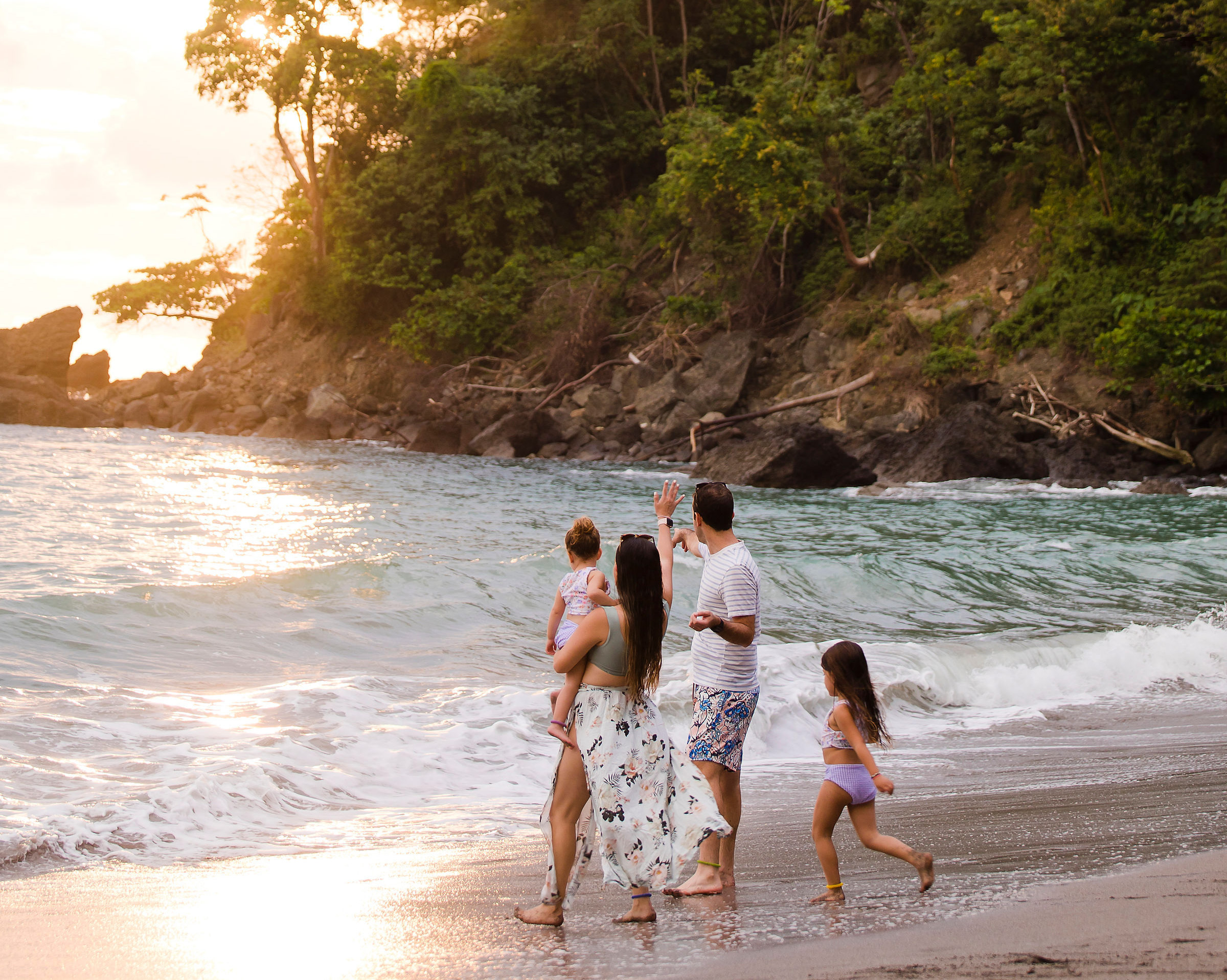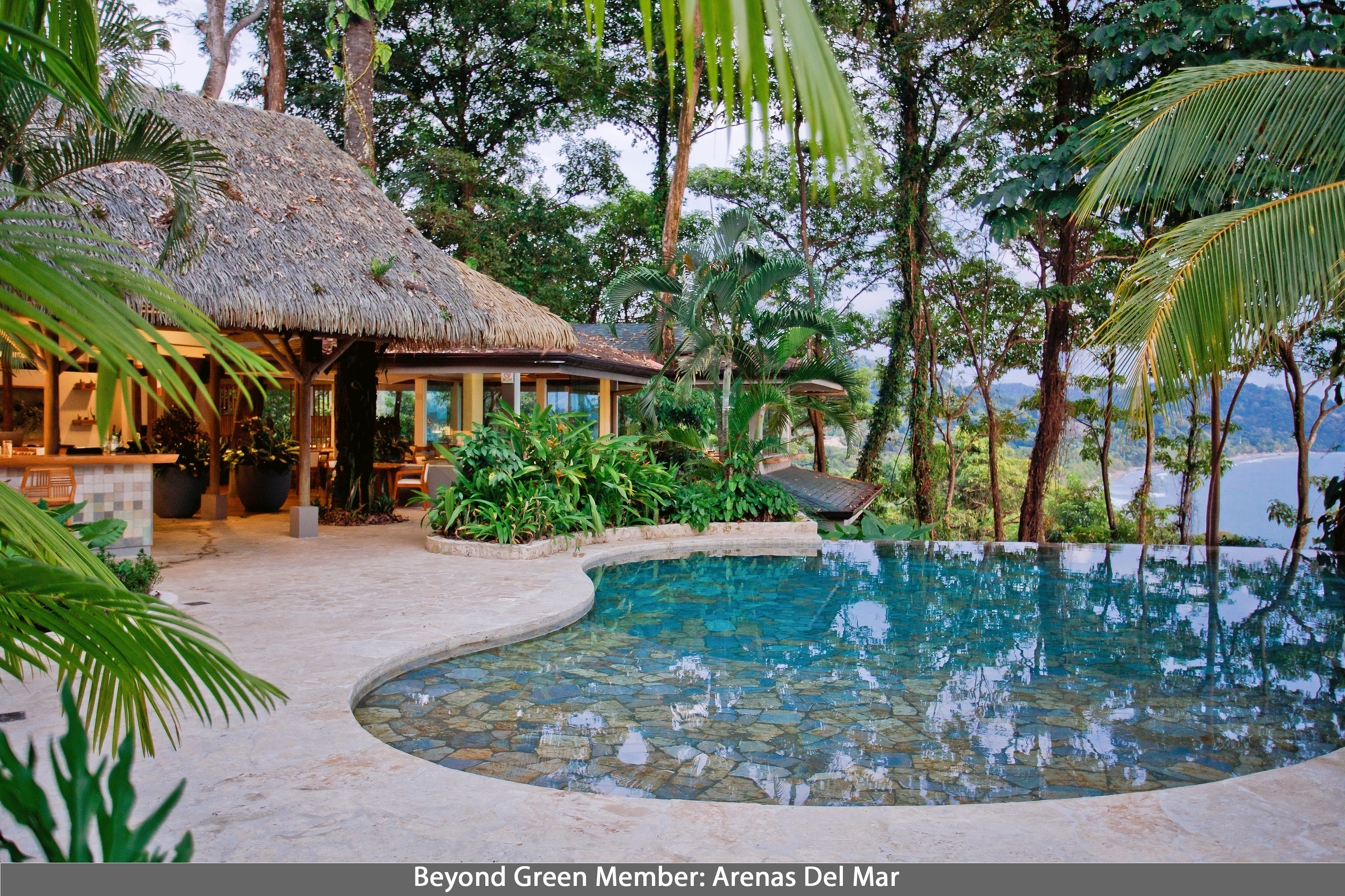
What is Costa Rica’s “Secret Sauce” in Sustainable Tourism?

Most visitors will visit about two to four locations during one trip, spreading their tourist spending across the country. For example, they will stay at a beach hotel and possibly hire a local surfer for lessons. Then, they might visit one of the country’s national parks with a local nature guide and stay at a lodge nearby. Most likely, they will also dine at several restaurants along the way and buy souvenirs at local shops.

The “leakage” of the tourism dollar is low in Costa Rica and the “drip” is high, which means that the biggest chunk of tourist spending stays within the country. This requires several conditions to be in place, including a stable democracy, security, and a solid education and healthcare system. Add to this the country abolished its army 75 years ago, ensures 25 percent of the territory is protected area, and it is home to about five percent of the world’s biodiversity, and you have the formula for success.
Like everywhere in the world today, things have shifted, and this very special model could be threatened. The main concerns are over-tourism and the increase in short-term rental units.
After the pandemic, visitation to Costa Rica exploded — especially during the high season between late December and mid-April — which overwhelmed part of the country’s infrastructure. A possible solution is to promote other less-developed areas like the Caribbean coast and incentivize visitation during shoulder season months.
Many foreigners, especially from North America, bought land in Costa Rica after the pandemic and built houses that are now flooding the rental market and becoming a threat to small, locally owned hotels and lodges that make up the majority of the hotels in the country. Short-term rentals should be part of a destination’s lodging options, but it should be regulated so it does not strangle the essence of what makes a destination special. Regulation of hospitality in all its forms will be essential to ensure that all are able to coexist and thrive.
In the end, the main asset that Costa Rica has is not only its biodiversity, oceans, volcanoes, and forests, but also its people. They’re the secret sauce in the mix. Costa Rica’s neighboring countries have similar natural beauty, but often lack political stability and the Ticos’ (as the Costa Ricans are known) unique, positive pura vida outlook on life. The Ticos are the main reason that tourists enjoy visiting the country. They feel welcome and are treated kindly. Costa Ricans are among the happiest people on the planet, and after all, a place where locals are happy is a great place to visit.

Beyond Green member Arenas Del Mar in Manuel Antonio, Costa Rica is leading the way in sustainable tourism. As part of The Cayuga Collection, a portfolio of independent sustainable luxury hotels in Costa Rica, Panama, and Nicaragua, the resort integrates nature, culture, and community into its operations and guest experiences. It is set on an 11-acre nature reserve, serenaded by howler monkeys and surrounded by ocean and lush rainforest. A former plantain farm, it was reforested with more than 7,000 native trees and plants to foster the environment to be the vibrant home of endemic species, both plant and animal, that it is today. The resort’s mission to be a responsible steward of the land extends to its beaches, as well, where they engage in twice-monthly cleanups. Even construction of the resort itself used mindful practices to have minimal — or even beneficial — impact on its surroundings, from incorporating trees into the actual structures to repurposing discarded plastic for roofing. The wide-reaching and omnipresent efforts invite and engage its guests, as well, to be mindful of the precious land that hosts them. Through this conscious effort to nurture the land and simultaneously provide a luxurious experience for its guests, the resort proves that sustainable travel is not just a travel model, but the future of the travel industry, both in Costa Rica and worldwide.
This article was written by Hans Pfister, President and Co-Founder of The Cayuga Collection.